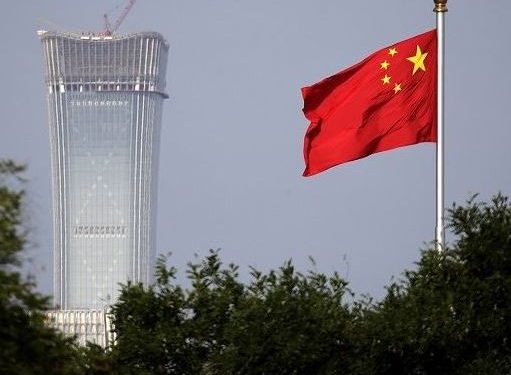Beijing: The default troubles at the globes most indebted property development, Evergrande seem like small embers compared to the $8.2 trillion worth of China local government financing vehicles outstanding, Forbes reported.
Analysts at Goldman Sachs have flagged the risk of surging local government debt levels that President Xi Jinping’s men have done their best to hide.
The data that Goldman’s Maggie Wei highlights is as of the end of 2020. Clearly, the tally is higher now, perhaps markedly.
Ten months ago, these shadowy investment schemes had reached 53 trillion yuan, up from 16 trillion yuan, or $2.47 trillion, in 2013. They now amount to roughly 52 per cent of China’s gross domestic product, topping the official amount of outstanding government debt, Forbes said.
In other words, as scary at the $300 billion Evergrande story might be, Xi’s government has much bigger problems on its hands.
The most acute: keeping GDP this year from falling too far below the 6 per cent Beijing hoped to produce without adding to the nation’s bubble troubles, the report said.
The forces behind local governments sitting on financing-vehicle debt worth twice the size of Germany’s GDP date back to 2008.
Even before the Lehman Brothers crisis, Communist Party dynamics encouraged municipal borrowing binges. The way local officials got attention in Beijing, and rose to national prominence, was producing above average GDP rates, the report added.
That incentivised a couple of dozen prefectural leaders to engage in an infrastructure arms race, of sorts. Metropolises raced to build skyscrapers, six-lane highways, international airports and hotels, white-elephant stadiums, sprawling shopping districts and amusement parks and perhaps even bidding for a Guggenheim museum.
After the subprime crisis, this strategy shifted into overdrive. Local governments were a key engine then-President Hu Jintao used to avoid the worst of the global financial crisis. The same with Xi’s men when the Covid-19 crisis arrived in early 2020.
The trouble with China’s LGFV boom is the opacity accompanying it. For all their talk of giving market forces a “decisive” role since 2012, China’s leaders have made the country less transparent. Nor has the credit rating system kept pace with the growth in Chinese capital markets, the report added.
These days, international investment banks and news organisations worry that warning about China’s local government debt bubble will open them up to retaliation. Not a great look for Asia’s biggest economy as it puts out the welcome mat for BlackRock, JPMorgan, UBS and others rushing its way.
IANS






































